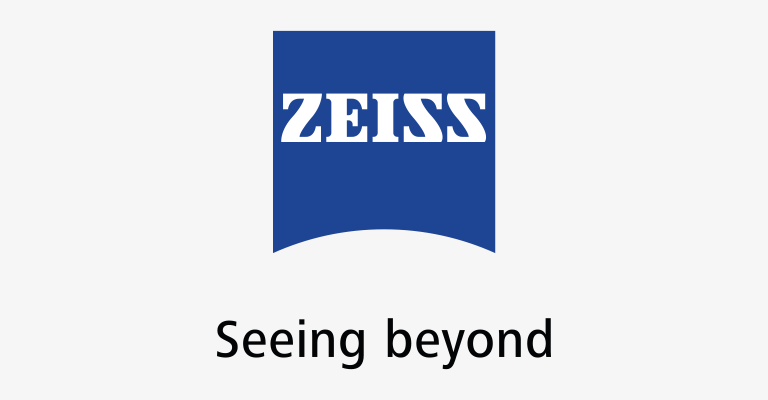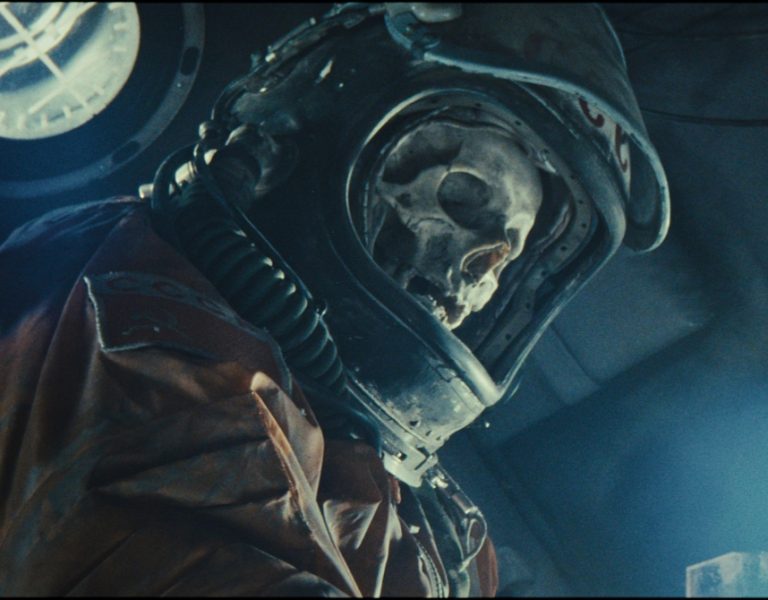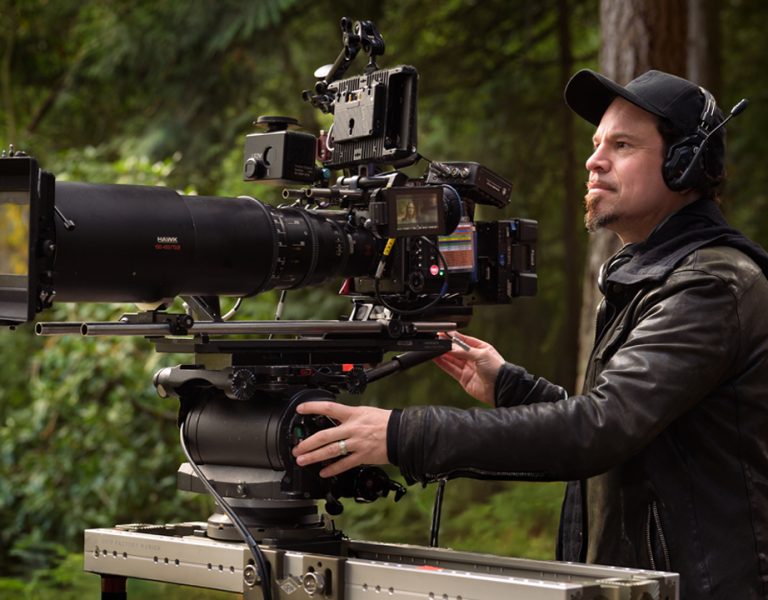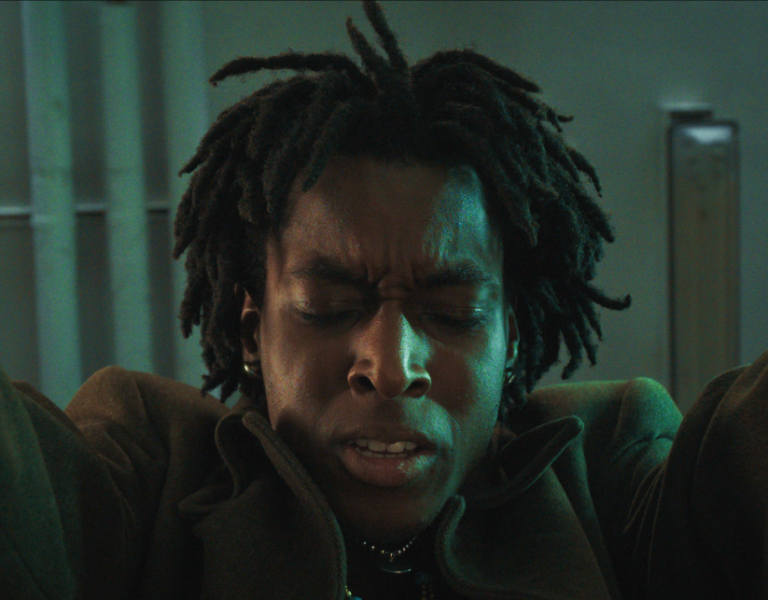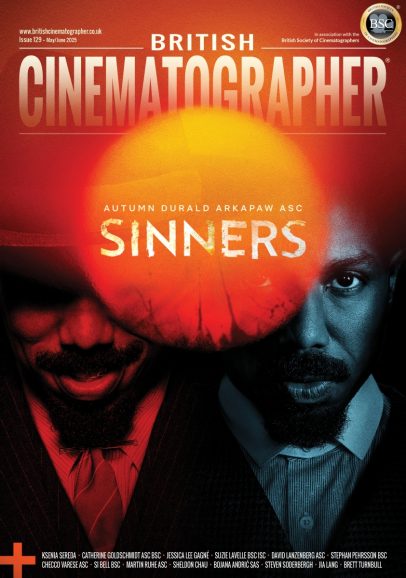Cinematographer Rick Joaquim SASC shares how he turned vintage lenses into filmmaking tools, combining passion and technical expertise to breathe new life into rare optical glass.
Not all industries have regard for their history which pertains to filmmaking and the fascination with vintage equipment is an unmistakable part of that. At the same time, few artforms are as expensive as filmmaking, pushing demands on productivity to a point where old gear risks be seen as an impractical time sink. Rehousing lenses is a route to the best of both worlds.
Rick Joaquim SASC is quickly identifiable as an enthusiastic proponent of film, to the point of influencing major life decisions. “I’m originally from South Africa. Those iconic Star Wars films were shot in the UK – that’s part of the reason I moved to the UK, because I’m a big fan of sci-fi films. I mostly do narrative but also commercials and music videos. I love music video, I wish there were more of them and I’m a big fan of vintage glass.”
Originality is key, though Joaquim accepts that the selection offered by any rental house is invariably limited by practicality. “We’re all chasing something unique and different. Cooke Speed Panchros I adore – and the new ones, the SP3s, or K35s, and old Nikkors are amazing. The Panavision C series, E series, the Cooke Xtal Express blow my mind – I love the swirliness.”
OLD GLASS, NEW VISION
Finding something genuinely unusual became a labour of love for Joaquim, who found himself going considerably beyond commercial necessity. “Three or four years ago I started collecting a set of Lomo Super Speeds, which are the Russian equivalent of Zeiss Super Speeds. I love cinematography, but I also love lenses and it became something I really enjoyed doing. They were built in the ’70s and ‘80s and probably made from elements we can’t do now. It’s a bit of a hobby, a passion project. It couldn’t just be a business decision.”
Simply finding enough examples to form a set presented Joaquim with a challenge. He bought one from a friend on Facebook, then found a 35mm on eBay, and kept hunting for more. Some lenses are rare, like the 22mm, with only a hundred in existence, all f/1.3 or 1.4. He was hooked, constantly trading and searching online.
“These lenses are from the 70s,” Joaquim reflects, “and vintage lenses are never going to arrive perfect. Expect to see a lot of mould and dust inside, particles.” Ordinarily, any of these might be a dealbreaker, but Joaquim knew that his glass would be cleaned and realigned as part of the rehousing process. “You must have a very degraded or broken lens, or there must be a lot of fungus – you can get away with a lot of things. Most lenses are still okay, though I had one or two scam situations – ‘this is a Helios, this is not the lens I bought!’”
Given the predilection of optical manufacturers to vary designs over time, even under the same model number, Joaquim knew that finding not only a set, but a matching set, would take care. “I have Zeiss Contax, the old Distagons, which are lovely but the 85mm doesn’t match the 28mm. They were built at such different times… and I love Speed Panchros, but they also don’t match. I have to correct them in the grade. One’s cool, one’s warmer, one’s green. Before every job I’ll shoot colour charts and then we can do corrections on the day.”
As such, Joaquim would at least need to be able to mount his scavenged lenses on a camera to evaluate their performance. “I had to make sure they were still good and somewhat matched. The Russian industry used OCT18 and OCT19 mounts. Most of the ones I found were in PL, but RafCamera sent me some mounts and I changed them so I could test them. You have to know if it’s a good candidate.”
Ultimately, Joaquim was able to build a set of six lenses between 22 and 100mm, paying US$2-3000 for each. “The most expensive was the 22. There’s a unicorn lens, the 18mm f/1.3. There’s maybe fifty, even less, maybe twenty of them. Some of the Russian guys will say ‘we don’t know how many exist’. A lot of them were damaged – the rear optic cracks and splits apart, especially the 18 for some reason. They just haven’t lasted. The last person quoted me 22-23K for one and I had to say ‘I’m not paying that for one lens!’”
After considering various options – and in particular the lead times associated with each – Joaquim chose GL Optics in China. “There’s a really cool YouTube video,” he says, “where they break down what they’re doing behind the scenes. They give you a number in the queue and they say your lenses should leave by July or August, and before that you can hang on to them. It’s better for your investment.”
HANDLE WITH CARE
After such an expenditure of both capital and effort, Joaquim was naturally cautious about the prospect of shipping his lovingly-curated collection. “I sent them with DHL, with tracking, I put an AirTag in the box and I bubble-wrapped the hell out of them.” The rehousing process, meanwhile, was the main event: “it wasn’t cheap and it took around six months. It’s about five thousand dollars per lens and I did save for it. I don’t come from money, but I felt if I’d gone this far, they deserved to have another life.”
The process of remaking a lens new involves a lot of options, from the practical to the cosmetic. “There was a choice of mount,” Joaquim recalls. “They did offer me EF but I wanted to live in the PL world. And I got to choose the outside – I did a zebra thing, grey and black, that was fun. GL Optics discusses housings as small, medium or large – the 28mm and the 75mm are the same size, and the 22mm and the 100mm are the biggest in the set, but you can hold them in one hand. They unified all the fronts which are now 95mm, and all the gears match up so you’re not sliding your focus forward and back.”
One choice which might noticeably affect the image is a new iris, affecting the shape of defocused highlights and the characteristics of blur overall. “[GL Optics] replace the irises,” Joaquim confirms, “which I was nervous about. Now the irises are rounder. Originally, they were eight- or six-bladed, and you got a ninja star pattern. That’s quite fun but sometimes you don’t want people looking at the bokeh.”
Reengineering brings rewards in other areas, too. “The close focus was also increased dramatically,” Joaquim says. “Some of them now have two- or three-inches closer focus which is amazing. They changed them from metres to feet, and I thought they were sharper – they aligned them and corrected any weirdness. I’ve had alignment problems with Leica stills lenses – the top left was softer than the top right, and I kind of gave up on that set.”
Joaquim’s experience on projects targeting a wide variety of results leads him to balance that enthusiasm with a degree of realism. “I think there’s always going to be a place for vintage lenses. It’s not for every job. If I’m doing green screen, I’m not going to be doing filters or soft lenses, but a big part of my job is to make people look good, and the last thing you want to show is the pores. Having the sharpest lenses doesn’t always help us. I think there’s been a rush to get things scientifically and clinically correct and I don’t think it’s always helped.”
–
Words: Phil Rhodes









